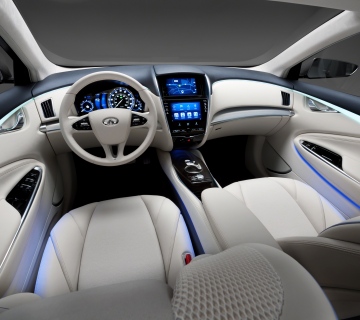Imagine having a lifespan of a few days to a few months before being deemed useless and tossed into the waste pile of life. As humans, this may be a foreign concept, but dragonflies can certainly understand the pain of technological devices. Both species come into the world, burn brightly throughout their brief lives and expire without so much as a requiem in their honor. Unlike the dragonfly, whose parts will be recycled through the majestic circle of life, keeping dead technology in play requires human innovation.
Micro molding
When it comes to augmenting technology, the development of adaptors must keep up with the production of the technology itself. Micro-molding is the process of making tiny parts for increasingly small devices. These intricate parts can be used both in production and for adaptation. The process of micro molding requires highly-specialized equipment, though, out of the range of most consumers.
3D printing

3D printing is the consumer equivalent of micro molding. 3D printers work with 3D modeling applications to produce tangible objects, such as adaptors, statues or prototypes. It might sound like science fiction, but printers that build in 3D are already on the market at just a few thousand dollars per printer for consumer applications. There are industrial 3D printers capable of producing larger, more intricate products, but they’re well above the price range most consumers can afford.
Though consumer tools for 3D printing are relatively new, the technique is not unlike commercial manufacturing processes that have been used for decades. Basically, a designer creates a product in the 3D application and sends the data from the application to the printer. The device then takes that data and produces the requested product layer by layer.
The story of a dead dock
Early in 2012, tech inventors at ElevationLab had an idea for a better iPhone dock, called the Elevation Dock. Taking to public funding site Kickstarter, the company raised nearly $1.5 million. They produced their docks just in time for Apple to release the iPhone 5 with a next generation connector, effectively rendering the Elevation Dock DOA. Unwilling to let a brand new product be sent to pasture, software engineer Mike Hellers adapted the dock from ElevationLab using 3D modeling, and helped more than 12,000 frustrated product owners turn their dead docks into useful devices.
3D printing at home
For amateur inventors, consumer-level 3D printing may be the most advantageous technology ever released to the public. No longer does an inventor have to build a prototype by hand or take a design to a prototyping plant to get pieces manufactured for his design. The inventor can manufacture those pieces at home, building the prototype to his liking in complete privacy.
The successful adaptation of the Elevation Dock also illustrates one of most substantial benefits of consumer-level 3D printing. Consumers now have the means to make the old new again. The recycling of technology doesn’t mean taking old devices to a recycling plant to be melted down into new materials. It means altering devices to suit ever-changing technological needs.
With technology giants, like Apple and Microsoft, and patent law that protects inventions from thievery, technology will remain in the domain of the big-hitters for the foreseeable future. 3D printing opens up a world of invention and adaptation to crafty consumers, though. With innovative thinking, who knows what “useless” products might be brought back from the dead.


